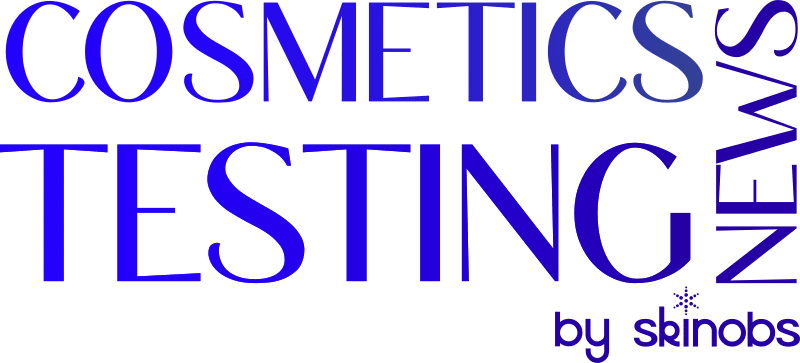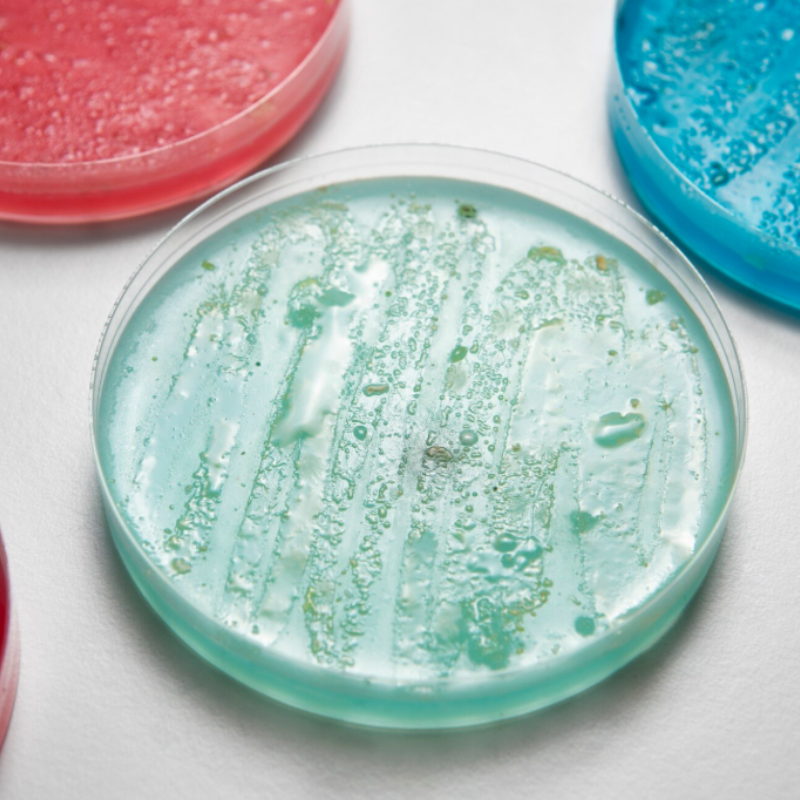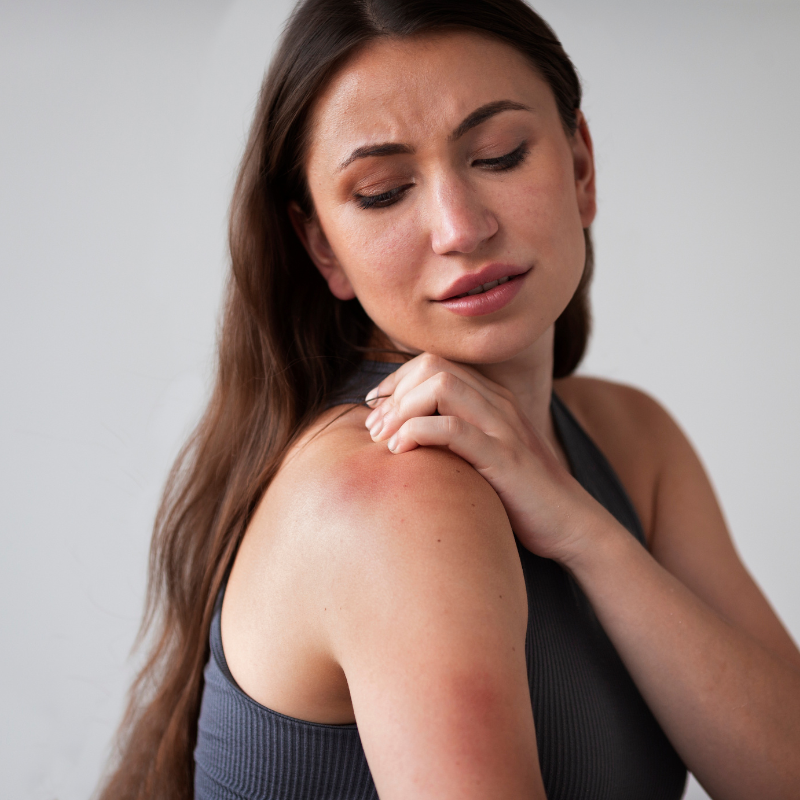ABSTRACT: This article’s purpose is to give an overview of the drivers that will influence the innovation in the field of the evaluation whatever it is ingredients, cosmetics, nutraceuticals or medical devices. The consumer requests for science-based products will certainly impact the testing approaches of the skin, scalp and hair analysis.
Globally, the IFSCC Congress 2025 underscored a transformative era in cosmetic testing, marked by technological sophistication, inclusivity, and translational relevance. This evolution is driven by the synergistic integration of in-vitro, ex-vivo, and in-vivo models with AI-driven analytics and organ-on-chip systems, collectively enhancing the robustness, reproducibility, and consumer relevance of testing methodologies. For scientists and industry stakeholders, these advancements herald a future where cosmetic evaluation transcends conventional safety and efficacy assessments, embracing predictive precision while aligning with ethical and environmental imperatives.
The 35th IFSCC Congress, held in Cannes in September 2025 showcased groundbreaking advancements and emerging trends in cosmetic testing and evaluation. This keynote article synthesizes the key themes, innovations, and societal shifts influencing the future of cosmetic science, with a focus on sustainability, personalization, neuroscience, and technological integration.
The cosmetic industry is undergoing a paradigm shift, driven by scientific advancements, regulatory changes, and evolving consumer expectations. The 35th IFSCC Congress highlighted the importance of holistic skin health, personalized diagnostics, and sustainable innovation. Among the 68 podium conferences and the 730 posters, this article explores the dominant trends and the low signals observed during the congress, emphasizing their implications for research, development, and testing strategies.
Across podium presentations and 300 posters devoted to testing, recurrent themes included photoprotection, neuroscience, exposome-related research, microbiome investigations, and “well-aging” strategies. Longevity, sustainability, pigmentation, and neurosensory approaches were also central. The predominance of studies on “Longevity” and the microbiome reflects a transition from short-term anti-aging claims to holistic strategies that emphasize resilience, regeneration, and microbial balance.





